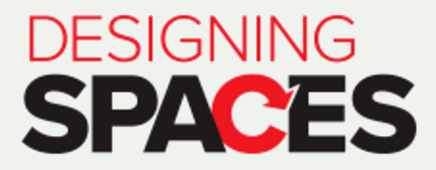We want to share some of the terms that are important components when determining how much you will need to borrow to make the purchase.
Automotive Financing Terms
Trade-in allowance
This is the amount that the dealer offers off the price of the vehicle being offered for the vehicle you want to trade in. This is a negotiable number – loosely based on many factors, including industry wholesale prices, the dealership’s past experiences with that year, make and model, vehicle age, vehicle mileage and condition. In short, the more desirable your trade-in, (i.e. popular model, newer and lower mileage than average), the more the dealership will offer and the less you will have to finance.
Actual Cash Value (ACV)/Fair Market Value (FMV)
May be used in lieu of trade-in allowance as described above, but with the same purpose – an amount for the vehicle you are trading in that will reduce the amount of the purchase that will have to be financed. The difference? Usually these terms will be used for an older, high mileage vehicle that the dealership will sell directly to a wholesaler. The ACV/FMV number they quote you is usually the direct offer they received from the wholesaler. It can also be MUCH lower than what a regular trade-in allowance.
Ken’s rule of thumb: The older and higher mileage the vehicle is, the more likely you should “take the money and run”! These vehicles are tougher to sell outright generally, so let the professionals handle it.
Factory Rebate
Real money offered by the vehicle manufacturer applied against the retail price of a new vehicle. While you could make the deal and receive a check in the mail, most dealers will apply any applicable factory rebate against the cost of the deal. The result is a reduction of the amount you would have to pay and/or finance. Note of interest: If you owe more than your current vehicle is worth at trade-in time, a large factory rebate can reduce or even eliminate the amount of money required to cover the difference. Also, look for models where the vehicle dealer will match the factory rebate, giving you a “double discount”. Since the factory rebate is set by the factory according to specific rules and vehicles, this is not a negotiable item.
Dealer Discount
You won’t always find this in their advertising, but often, slow-moving models during or even after the end of the model year will be subject to an additional discount by the local dealer to move it off the lot. It never hurts to ask about dealer discounts during negotiations. Assuming you did your homework and are aware that it’s a slow selling model, that there may be a chance to get an even better deal.
Down Payment
This is the amount of cash that you will have to pay out of pocket. The goal in purchasing your next vehicle is to do everything you can to minimize the actual cash required, while making sure you got the best all-around deal, including financing.
What you should know: typically, a bank will lend up to 85 percent of the retail sales price plus taxes and fees on a new vehicle, the same percent based on book value plus taxes and fees (usually the “average loan amount” found in the NADA Used Vehicle guide book) for a used vehicle purchase. A credit union and often the captive automotive finance company may loan between 90-100 percent of the sales price plus taxes and fees.
Things that will impact the amount of down payment required: your credit score, the amount of debt to be rolled over (if any) from the vehicle to be traded in, the cost of the vehicle you are purchasing, and the length of time of the automotive financing.
Amount to be Financed
This is the result of simple math: the retail (or asking) price of the vehicle to be purchased, PLUS applicable taxes and fees, LESS applicable trade-in allowance/ACV/FMV, LESS applicable factory rebates and/or dealer discounts, and LESS your cash down payment.
Finally, the tried and true way to buy your next vehicle: In these days of relatively easy credit, most consumers immediately equate incurring debt and a monthly car payment when considering their next vehicle. However, since the early days of the automotive industry, there has always been another way – paying cash. The immediate benefit is that there is no monthly car note and no ding against your credit score.
Originally written by Ken Chester Jr.









